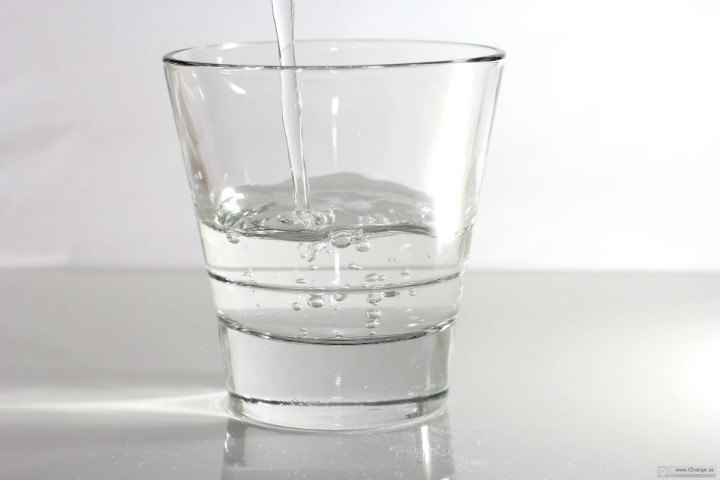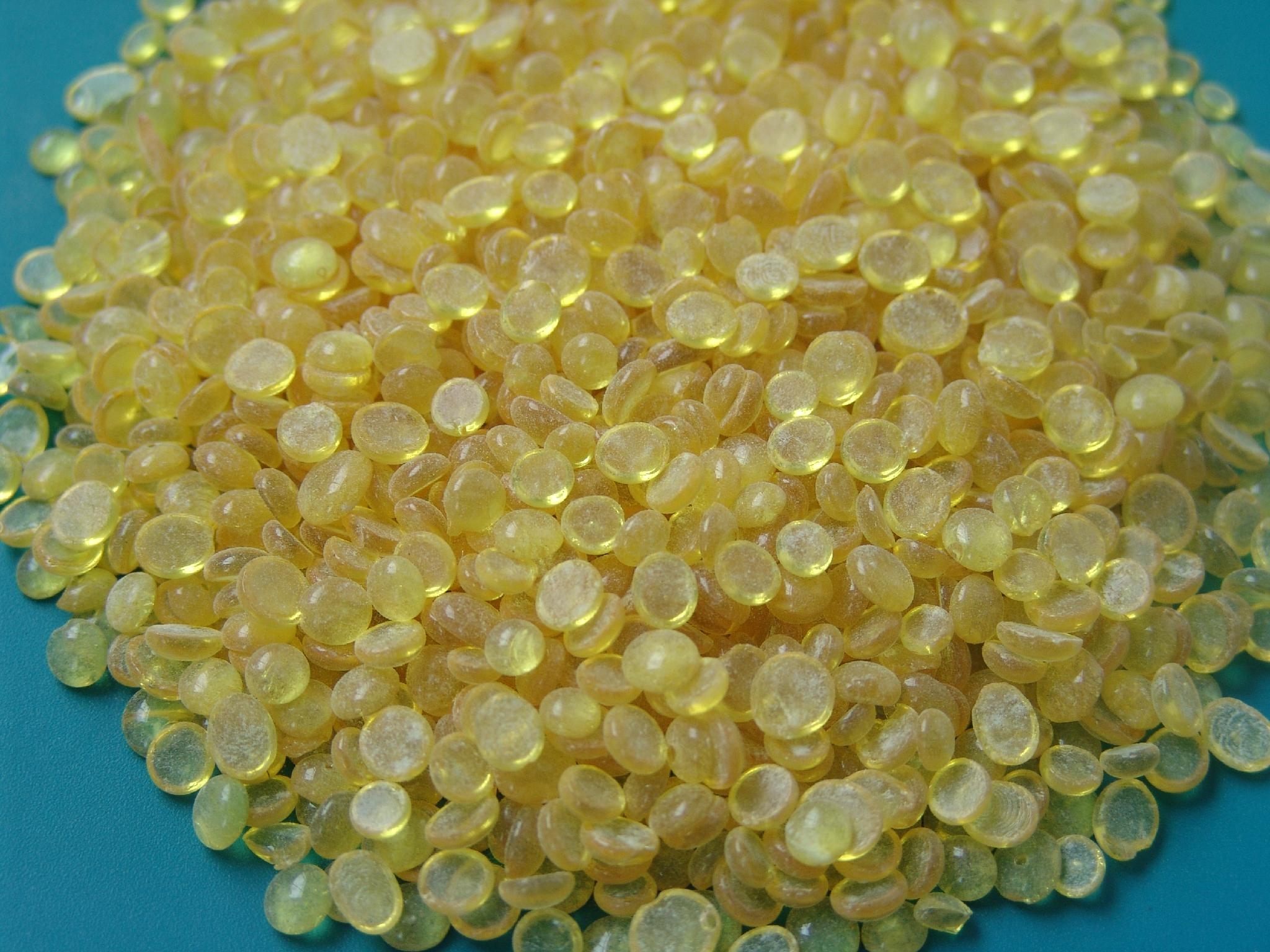What is white oil?
White oil, also known as liquid paraffin or mineral oil, is a clear, transparent oil that is derived from petroleum through the refining process. It has a very high boiling point, low viscosity and is non-irritating to the skin.
Composition and properties of white oil
White oil is composed of saturated hydrocarbons that are between 18 to 40 carbon atoms long. Its saturation and linear structure give it several desirable properties. It is chemically inert, non-toxic, odorless and does not support microbial growth. White Oil also has excellent moisture barrier properties and a long shelf life. Due to its neutral composition, it is considered hypoallergenic and is easily absorbed by the skin without leaving an oily residue.
Wide uses of white oil in cosmetics and personal care products
Due to its advantageous properties, white oil finds application in a variety of cosmetic and personal care formulations. Some key uses are:
– Moisturizer: White oil forms the base of moisturizing creams and lotions. By occluding the skin surface, it helps retain moisture without feeling greasy.
– Makeup remover: Its ability to dissolve oil-based makeup and sebum makes white oil a popular ingredient in makeup removing solutions.
– Skin and hair conditioner: Regular application of white oil improves skin elasticity and conditions hair, cuticles and nails.
– Carrier oil: It is used to dissolve and carry hydrophobic active ingredients like vitamins and essential oils applied on the skin and hair.
– Lip balm: White oil hydrates and soothes lips while forming a protective barrier against the environment.
– Bath oil: Added to bath salts and oils, white oil leaves the skin feeling silky-soft post bath.
– Sunscreen: It helps blend, spread and bond the sunscreen formula onto the skin.
– Shaving cream: White oil forms a layer that protects skin from nicks and cuts during shaving.
Wide usage of white oil in industrial applications
In addition to personal care usage, white oil also has many industrial applications due to its inert nature:
– Paints and coatings: Acts as a pigment wetting and thinning agent in paint formulations.
– Pharmaceutical excipient: Used as a tablet lubricant and softgel fill solution to improve functionality.
– PVC processing: Assists as a plasticizer and lubricant during production and processing of PVC.
– Metalworking fluids: Provides rust prevention and acts as a cutting fluid in machining operations.
– Cable filling compounds: Used to waterproof and fill cables in the electrical industry.
– Food applications: Approved for indirect food contact under FDA regulations.
Safety and regulations around white oil usage
When used as intended and in recommended amounts, White Oil has been deemed safe by various regulatory bodies. The Cosmetic Ingredient Review panel and FDA have approved its use in cosmetic formulations. Some of the established safety evaluations show that it is not readily absorbed by the skin, does not accumulate in tissues, and is easily eliminated from the body post absorption. However, excessive oral consumption may potentially lead to lipoid pneumonia. Therefore, white oil products warn against intentional ingestion. Its production and uses are also regulated to ensure a uniform quality and safety.
White oil’s neutral composition and beneficial properties have made it an indispensable ingredient across multiple industries for decades. When properly formulated and used as directed, it continues to deliver its moisturizing and protective effects to consumers worldwide.
*Note:
1. Source: Coherent Market Insights, Public sources, Desk research
2. We have leveraged AI tools to mine information and compile it



